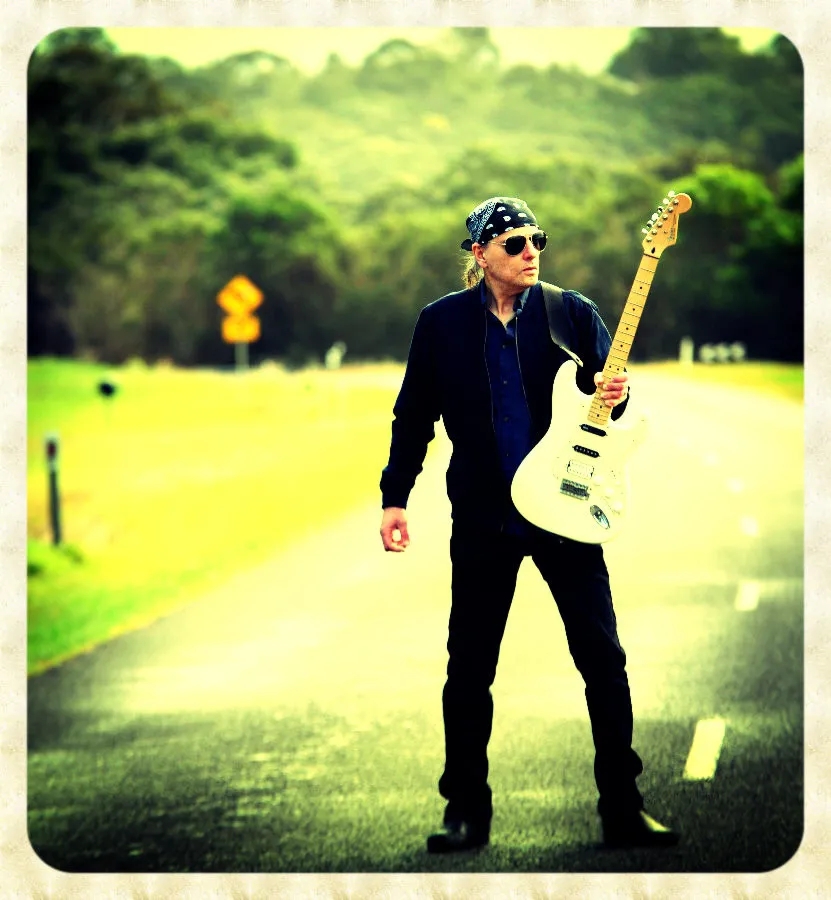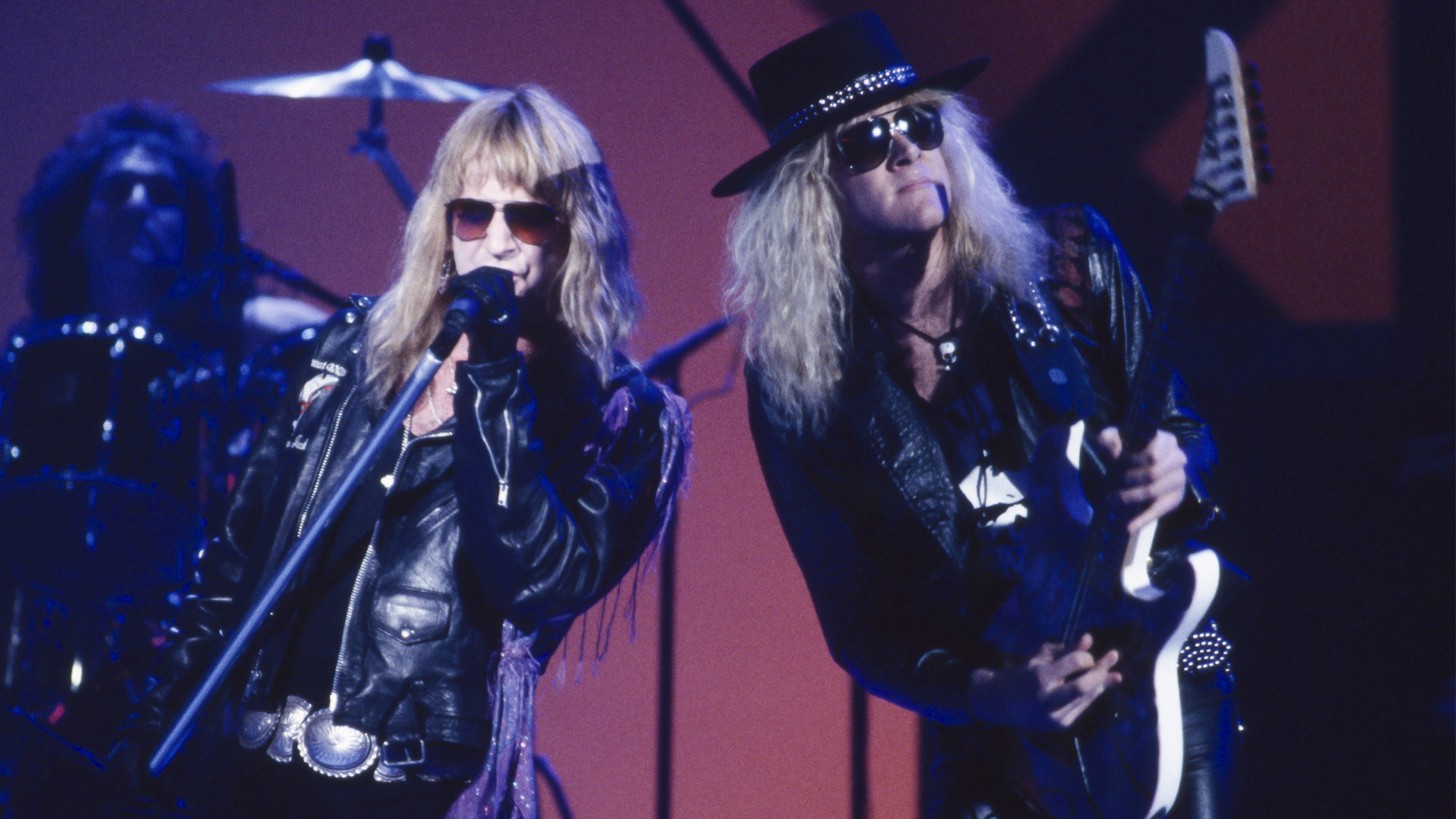“He said, ‘How do you record an 11-minute song in one take? It's perfect!’” As Rush prepare for their 2026 tour, Alex Lifeson recalls the group’s most complicated song — and the bizarre dreams that inspired their music
The guitarist said his weekly jams with bassist Geddy Lee helped him “fall in love with the idea of playing again”
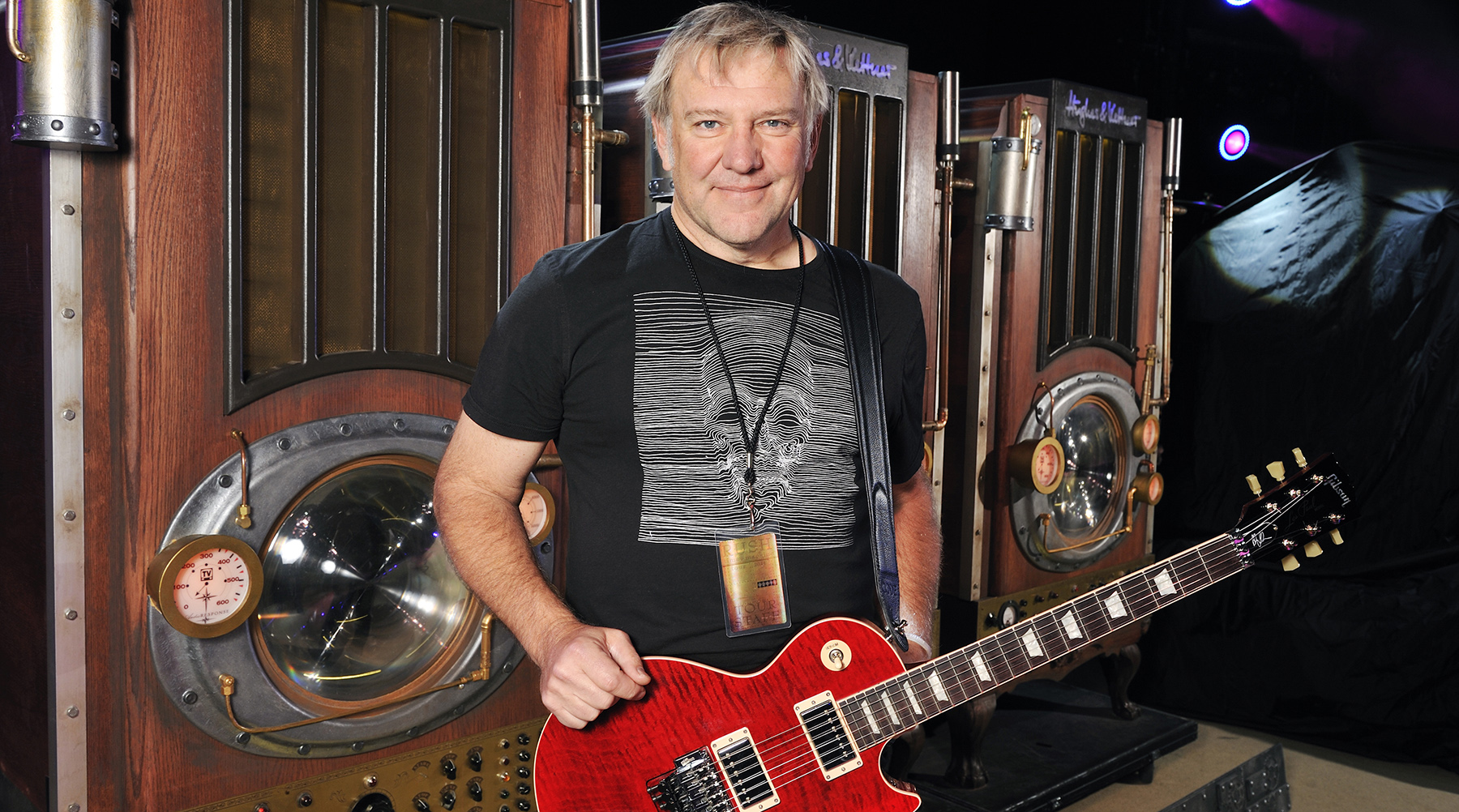
“I feel like I'm so blessed by having this instrument and knowing what to do with it and always exploring when I play,” Alex Lifeson says on a Zoom call with Guitar Player. “I play around three hours a day, every day. I don't play scales. I don't practice riffs. I just play, and whatever comes out of my brain at that moment is what I'm going to do at that moment. I feel really fortunate to have that ability and have that passion and desire at my age to keep going.”
He pauses and smiles.
“So long as these don't get too swollen,” he says, pointing to his fingers, “I should be fine.”
He’ll certainly need to be in his best shape, now that Lifeson and Geddy Lee are re-forming Rush for a 2026 tour. The news that the duo are reuniting — announced at an invite-only gathering of 150 fans, media and dignitaries at the Rock & Roll Hall of Fame's Foster Theater on October 5 — has taken the music world by surprise. While Lifeson had let it be known that the two lifelong friends still meet every week to jam, he swore off the possibility of a Rush reunion following the 2020 death of drummer Neil Peart.
For that matter, Lifeson was dismayed to find he was sorely out of practice when it came to tackling the very songs he helped create and make famous over Rush’s nearly 50-year history.
“It’s funny because we sound like a really bad tribute band for the first three or four run-throughs on these things,” he told Rolling Stone about his jams with Lee. “It’s, Oh, my god, what did I play there? Why did I make that so hard?”
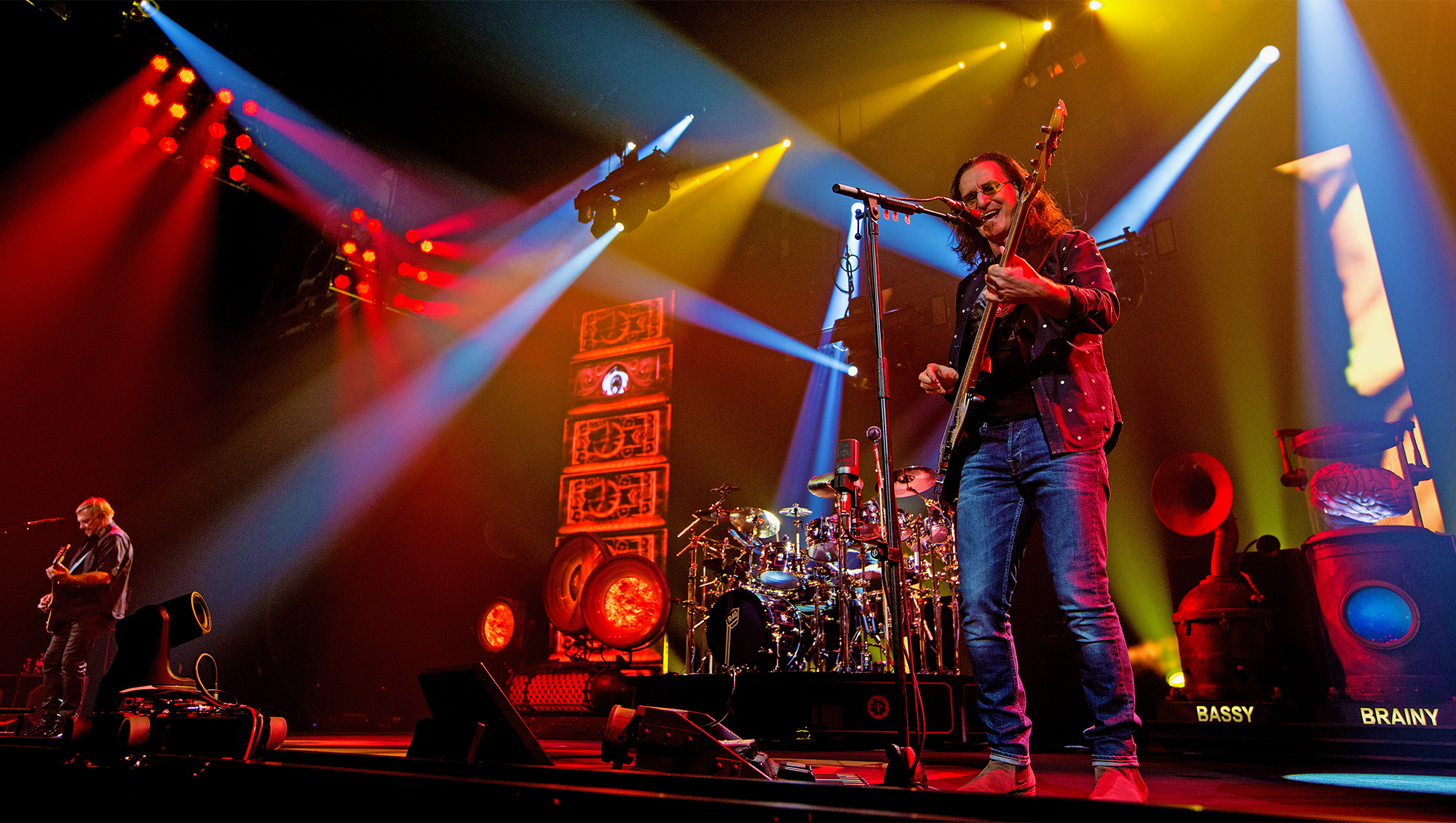
But now that the group is back — with Anika Nilles sitting in the drummer’s chair — Lifeson will have to be back in shape for the shows that follow.
All the latest guitar news, interviews, lessons, reviews, deals and more, direct to your inbox!
That may require playing some of Rush’s most complicated songs, including “La Villa Strangiato,” the nine-and-a-half-minute centerpiece to their 1978 album Hemispheres. As Lifeson tells us, the oddly named song not only showcased the group’s growing expansive sound — it also demonstrated their musical endurance when they cut it in just one take.
“We wanted to write a big piece that was made up of many smaller pieces, obviously,” he recalls. “It was recorded at Rockfield Studios in Monmouth, Wales. We had rented a farmhouse for a month before recording, just down the road from the studio, and we were there working every day and night to get that Hemispheres record together.
“We had the time to do it and the inclination, so we worked on those little bits and started glueing them together and more and more and more until we sort of developed the whole thing. It was quite cool because we recorded it all basically in one take.”
But once wasn't enough.
“And then we wanted to record it a second time, but because it's a long song and we didn't have enough tape, we just taped over the first take that we did. And if you listen, very carefully in the solo section, you can hear the print-through of the original solo underneath. You can hear the ghosting notes in there, which is kind of cool.”
As for that rather unwieldy song title, it’s been well documented that Lifeson’s wild dreams have frequently served as the titles for the band's works. In a 1978 interview with U.K. music weekly Sounds, Peart revealed how Lifeson would experience, “some of the most bizarre bad dreams, especially when we’re away touring on the road.
“He’ll wake up either Geddy or me with a phone call in the middle of the night and start telling us all about these terrible dreams he's been having. When you're barely conscious, some of the stories he comes up with can be quite mind-blowing."
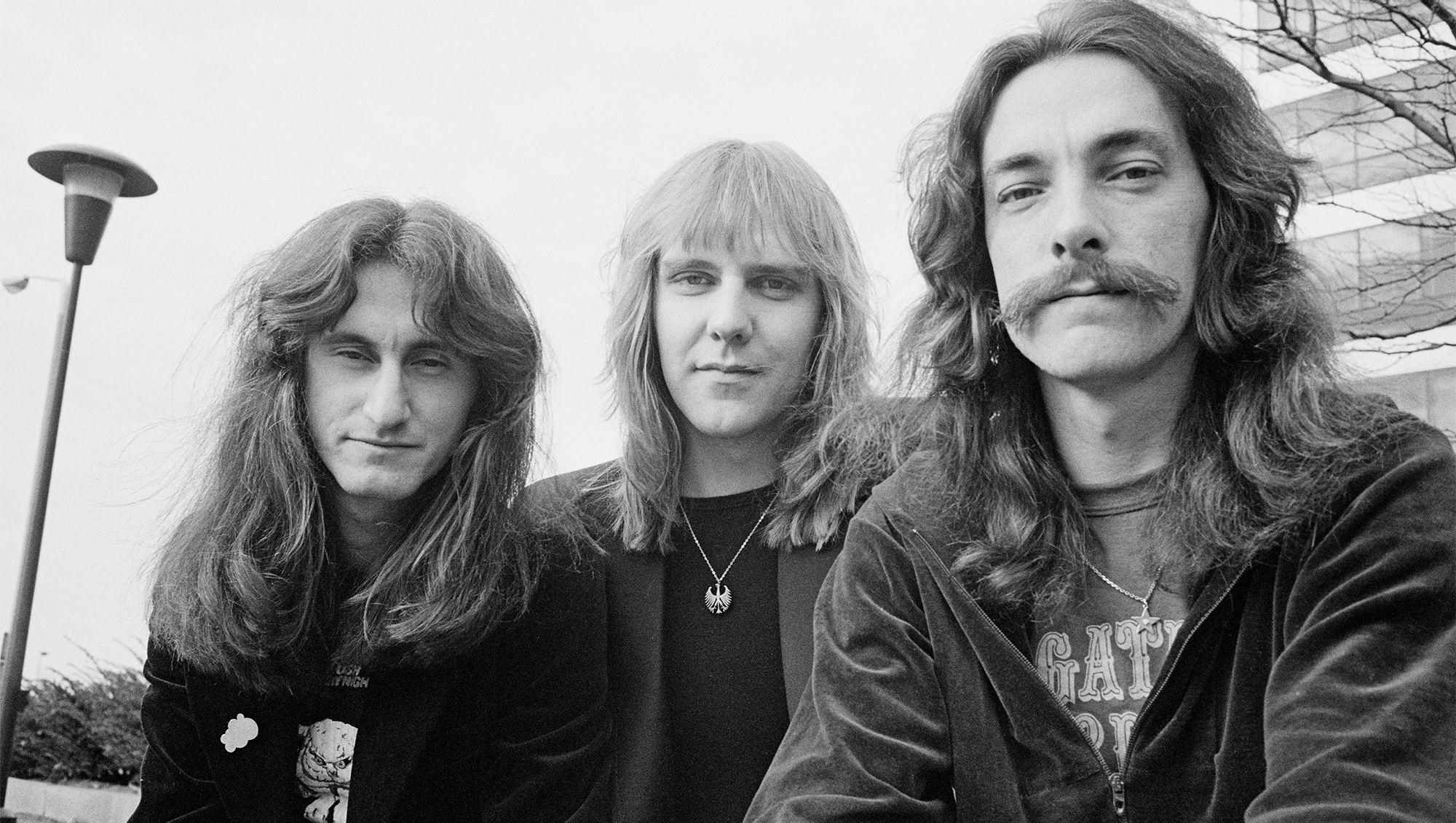
Lifeson laughs when Peart’s quotes are read to him.
“My dreams are very vivid,” he admits, “and I used to share my dreams with my band mates all the time. They would end up falling down laughing or shaking heads in disbelief.
“So the dreams became sort of ideas to drive the music, but mostly it was for the titles of the different pieces, like the ‘The Waltz of the Shreves’ and all of those different names that we had for those pieces in ‘La Villa Strangiato.’”
As Lifeson goes on to explain, “La Villa Strangiato” wasn’t the group’s first attempt at recording a lengthy piece in one take. They’d done it one year earlier during the recording sessions for 1977’s A Farewell to Kings album.
It wasn’t that much of a stretch to put the whole song down in one take. Everything — the solo, all the parts, both me and Ged playing double-necks.”
— Alex LIfeson
“It was when we were recording ‘Xanadu,’ the first song for that album,” Lifeson says. “While the engineer set up, we dicked around until we got the sounds we wanted.
“Then it was time to lay the song down and we played it from beginning to end with all the parts in one take. And that’s the take that’s on the record.
“And the engineer, it blew his mind. He couldn't believe it. He said, ‘How do you go in the studio and record an 11-minute song in one take? It’s perfect. How do you do it?’ In all fairness, we’d been rehearsing it for quite a while. We played it at the tail end of the previous tour, just in a couple of gigs, but we were rehearsing it and were well prepared when we went into the studio.
“So it wasn’t that much of a stretch to put the whole song down in one take. Everything — the solo, all the parts, both me and Ged playing double-necks.”
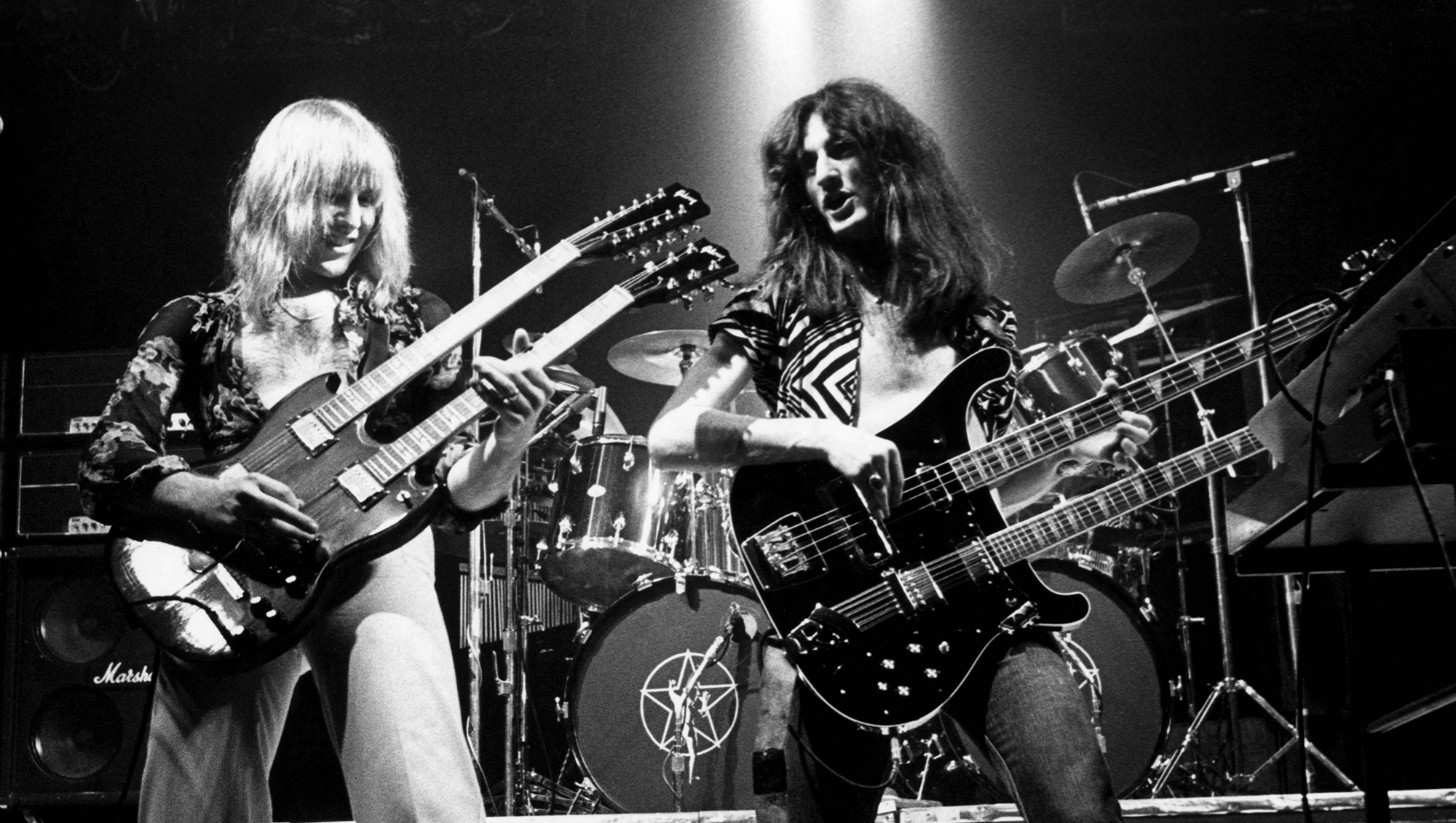
An array of electric and acoustic guitars, running the gamut from Gibson ES-335s and Les Pauls to Fender Telecasters, and a Godin Lerxst Limelight form the crux of Lifeson’s vast guitar collection today, along with favored amps that include Lerxsts, Marshalls and Mesa-Boogies. Yet, he says it’s the Roland JC-120, first acquired back in the 1970s, that holds a special place in his heart.
“That Roland Jazz Chorus JC-120 had just come out, so I got one,” he recalls. “And I would be in the studio whenever I had any free time, have a little puff and sit in front of that thing and just play for hours and just get right into the swirling chorus sound that I fell in love with, and used way too much over the years.”
The more we started rehearsing and playing, the more I just fell in love with the idea of playing again.”
— Alex Lifeson
During his five-decade stint with Rush, Lifeson, Lee and Peart always took the path less travelled, exploring and pushing the sonic boundaries of what was possible within the confines of Rush, allowing the power trio to stand head and shoulders above their contemporaries. In the aftermath of Peart’s death, Lifeson spent much time in reflection, dealing with not only the drummer’s passing but also the group’s end, all of which dampened his desire to play music again.
He rekindled that passion with Envy of None, the quartet Lifeson created with singer Maiah Wynne, bassist Andy Curran and co-guitarist Alfio Annibalini. Over its two-album span, the band proved a godsend, reawakening Lifeson’s passion for making new music. Apparently it also helped him change his mind about retiring Rush.
So did Lee. At the October 5 event, Lifeson said the bassist approached him with some “big ideas,” which led to them jamming again.
“And the more we started rehearsing and playing, the more I just fell in love with the idea of playing again.”
Joe Matera is an Italian-Australian guitarist and music journalist who has spent the past two decades interviewing a who's who of the rock and metal world and written for Guitar World, Total Guitar, Rolling Stone, Goldmine, Sound On Sound, Classic Rock, Metal Hammer and many others. He is also a recording and performing musician and solo artist who has toured Europe on a regular basis and released several well-received albums including instrumental guitar rock outings through various European labels. Roxy Music's Phil Manzanera has called him "a great guitarist who knows what an electric guitar should sound like and plays a fluid pleasing style of rock." He's the author of two books, Backstage Pass; The Grit and the Glamour and Louder Than Words: Beyond the Backstage Pass.
